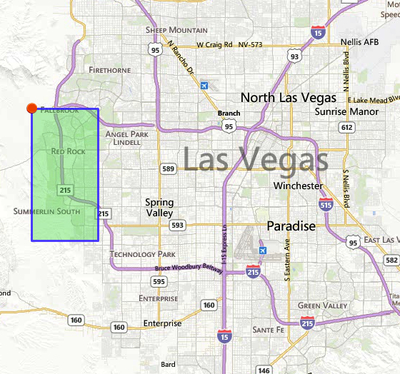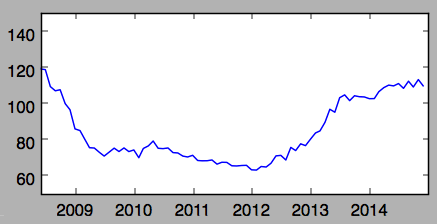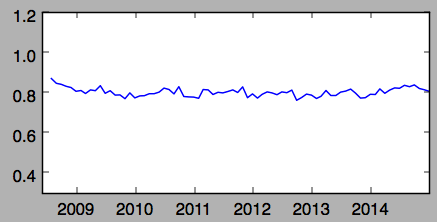

What Type of Investments Weather the Storms Well?
Not all rental properties fare equally during economic downturns. Rental property stability during times of financial turbulence is dependent on the stability of jobs for the pool of tenants. If the pool of tenants for a given property remain employed at a similar income, they will scale back discretionary purchases but have to live somewhere so they will continue to pay the rent. This is especially true in the case of single family homes which are usually occupied by families with children. And, if families lose their home in foreclosure they will likely chose to rent a home similar to what they had.
We did a study on how Las Vegas rental performed during the period from 2008 through 2014. Below are our findings.
Methodology
One of the challenges we have with most reporting sources is that they use metro averages which combine different types of properties (single-family, condos, multi-family) in very different price ranges and different areas. In order to avoid such practices, we based our investigation on a specific area (see the map below) with a specific configuration: 3 bedrooms 2 car garage, 1,200 to 1,500 SqFt.

Property Prices
Below is a chart showing the monthly average $/SqFt sale price between 2008 and 2014 by month for conforming properties. As you can see, properties were selling for an average price of approximately $120/SqFt at the beginning of 2008 and by 2012 the average price fell to approximately $70/SqFt. The falling prices were largely due to a large surplus of homes coming on the market due to foreclosures and that people did not have the desire or income to buy them. During the early part of the 2008 to 2014 period over 4,000 foreclosures per month was not uncommon.

Rental Rates
With so many properties coming onto the market we expected that rental rates would also fall along with property prices. In short, they didn’t. Below is a chart showing $/SqFt rental rates during this period. As the graph shows, rental rates were virtually unaffected by the market crash.

What this meant to investors was that if property was generating an 8% return in before 2008, it would still be generating an 8% return in 2012 even though the market value of the property went down by over 40%.
Class C Properties
We did not do the research on class C properties but based on the vacancy rates during this period, class C properties did not fare as well. We believe that many of the class C properties were occupied by construction related workers. Construction was one of the hardest hit segments of the Las Vegas during the crash.
Additional Thoughts
You can not prevent crashes. Crashes are going to happen. Hopefully the next one will not be as severe but they will happen. I believe that the best way to protect yourself is to buy properties with a tenant population that is less likely to be crushed. This is why our clients were relatively unhurt during this period. Of course, they would have lost a great deal of money if they choose to sell during this period but few people willing choose to sell a performing asset. Today, property values are approaching pre-crash levels and rents are increasing.
Summary
Rental price stability is totally dependent on the jobs the tenants have. If their jobs go away, you are going to lose a lot of money. So, when you are considering a property, consider how the tenant population for the property were affected during the previous crashes. The events of the past will not necessarily be repeated in the future but are the best indicator of what might happen.
If you only purchase properties that meet the following criteria I believe you will be more likely to survive the coming crashes:
• Sustained profitability - The property must generate a positive cash flow today and into the foreseeable future.
• Likely to appreciate over time - You would never buy a property just for appreciation but appreciation is very desirable. Especially when using a 1031 to reinvest equity or adapting to market changes.
• Located in an area where you can make money and risks are low. Key factors include state income tax, property tax, insurance cost and landlord favorable regulations. Regulations include property related laws like the time and cost of evictions, rent control, code compliance requirements, etc.
For details on how to evaluate a location against the above criteria see my blog article titled "Is Las Vegas for You?"




Comments